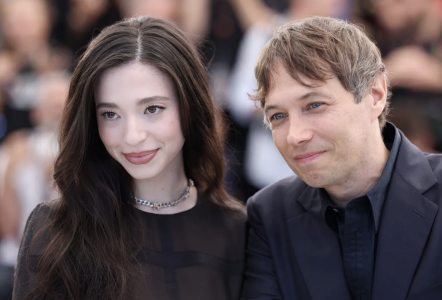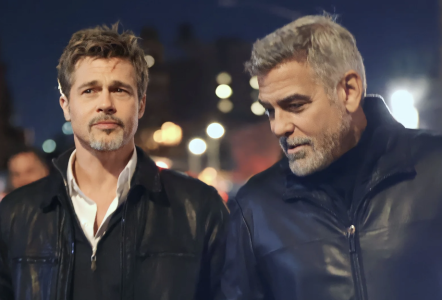It’s 12:45 pm and Mohammad Rasoulof‘s Tbe Seed of the Sacred Fig, the last noteworthy film of the 2024 Cannes Film Festival, screens less than three hours hence.
But my head is still spinning from last night’s surprisingly moving and undeniably artful All We Imagine As Light, a feminism-meets-impoverished-social-realism drama from Payal Kapadia, a 38 year-old, Mumbai-born, obviously gifted auteur.
Shot in Mumbai with a third-act escape to a beach resort, All We Imagine As Light is all about subtle hints, moods, observations and milieu. I knew within 60 seconds that it would deliver profoundly straight cards in this regard — one of the seven or eight humdingers of the festival. It’s a quiet, soft-spoken, women-centric film but without any current of vengeance or payback or “look at what pathetic fools men are”…there are hints of militant #MeTooism but little in the way of thrust.
What got me was the observational simplicity and restraint. I was deeply impressed with what can be fairly described as a reach-back to low-key Indian social realism, which is anything but the flamboyant Indian genre known as masala and regarded in some circles (I’m a little fuzzy about this term) as Dacoit cinema, which flourished in the mid 20th Century.
All We Imagine As Light, a title that’s very difficult to remember, focuses on three struggling women of varied ages who work in a second-tier Mumbai hospital (Kani Kusruti‘s 30something Prabha, Divya Prabha‘s younger Anu, Chhaya Kadam‘s 40something Parvaty). There are only two noteworthy supporting males (a timidly amorous doctor and a bearded man recovering from having nearly drowned) — both are passive and of relatively little consequence.
The three women are all living in the massive, overflowing, sea-of-ants sprawl of Mumbai, and the tone is basically one of resignation and frustration or, if you will, “we’re all unhappy but social codes are very strict and yet we believe in staying in our lanes…restraint and decorum…but we’re going a bit crazy underneath.”
And you can tell from the get-go that Kapadia knows what she’s doing. Her film is solemn, visually plain, we v
matter-of-fact, unsentimental — the work of a formidable, singular filmmaker who knows herself and isn’t into showing off. This is a truly masterful arthouse flick.
Languages spoken in Mumbai: Marathi (35.30% or 4.4 million people), Hindi (25.90% or 3.5 million people). Urdu and Gujarati are spoken by 11.73% and 11.45% respectively. Plus Tamil, Marwari, Bhojpuri, Telugu, Konkani, Bengali and Malayalam.
English is extensively spoken and is the principal language of the city’s white collar workforce. A colloquial form of Hindi, known as Bambaiya — a blend of Hindi, Marathi, Gujarati, Konkani, Urdu, Indian English and some invented words — is spoken on the streets.












